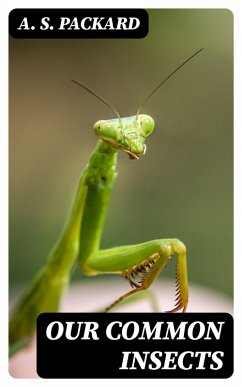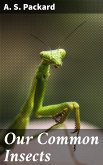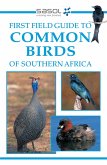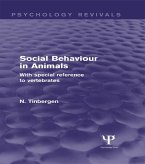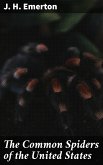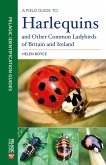In "Our Common Insects," A. S. Packard presents a comprehensive survey of the diverse insect life inhabiting various ecosystems. Through a meticulous blend of natural history, entomological study, and poetic observation, the book articulates the significance of insects in ecological balance and human life. Packard's writing, characterized by a captivating yet scholarly style, successfully anchors itself in the Victorian enthusiasm for natural sciences, reflecting both a scientific rigor and an appreciation for the beauty of the natural world. Illustrated with detailed descriptions and drawings, this work emphasizes the interconnectedness of species and habitats, making it essential reading for both lay enthusiasts and serious scholars of entomology. As a prominent figure in the burgeoning field of entomology in the late 19th century, A. S. Packard's passion for natural sciences is rooted in his background in the study of zoology and paleontology. His extensive fieldwork and active participation in scientific societies reflect an enduring commitment to understanding the intricate roles played by insects. This profound curiosity about the natural world is palpable throughout the text, engaging readers with insightful observations while advancing the scientific discourse of his time. "Our Common Insects" is a vital resource for anyone interested in the natural sciences, ecology, or biodiversity. Packard's articulate prose not only educates but also inspires readers to appreciate the complexity and beauty of insect life. This work is an invitation to explore the underappreciated world of insects, enhancing our understanding of their critical role within our ecosystems.
Dieser Download kann aus rechtlichen Gründen nur mit Rechnungsadresse in A, B, BG, CY, CZ, D, DK, EW, E, FIN, F, GR, H, IRL, I, LT, L, LR, M, NL, PL, P, R, S, SLO, SK ausgeliefert werden.

